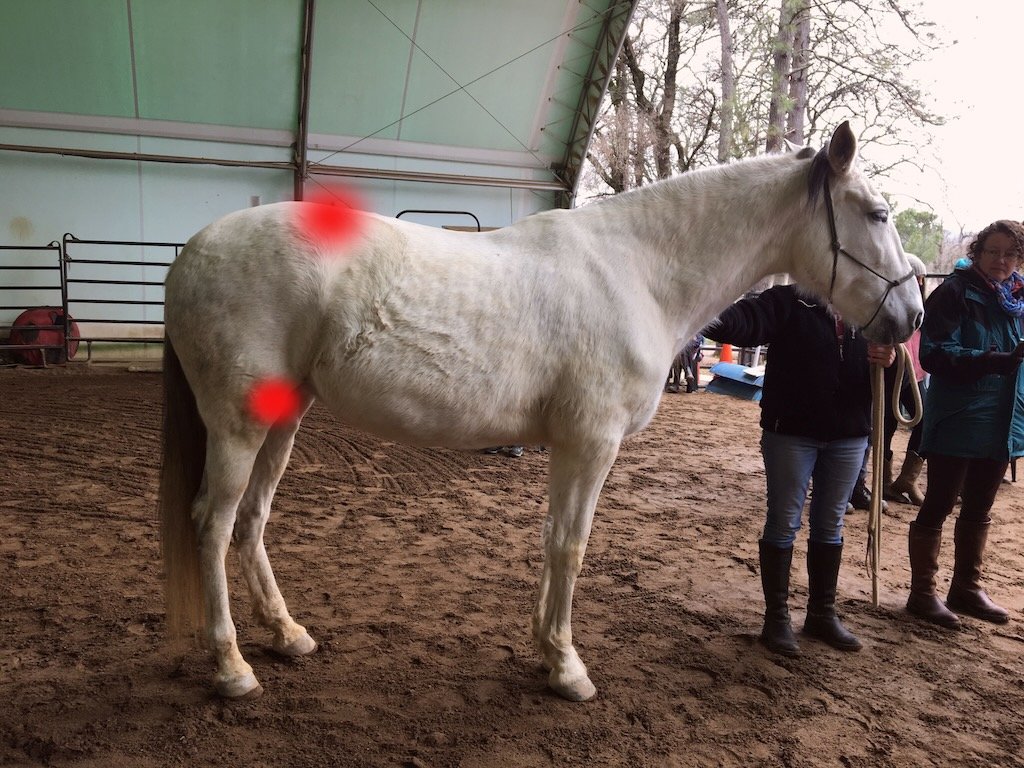Red flags for stifle issues
Stifle issues are quite common in horses. Knowing how to read the red flags can help you take action sooner and help your horse recover faster.
Uneven muscular development, hoof imbalances and a tight lumbar area are all factors predisposing horses for stifle problems.
The stifle is a relatively complex joint, so it's no wonder that stifle issues are common in horses. They range from a lack of stability, to intermittent upward fixation of the patella to meniscus tears, degenerative joint disease, you name it – there's a lot that can go wrong with the stifle. Stifle problems are most often caused by microtrauma and an imbalanced soft tissue system, rather than a once off traumatic event (although these do happen too). Here are some signs that might signify that your horse is at risk of developing stifle issues.
1. Imbalanced hind end musculature
How well the stifle can function is very dependent on how well the musculature around it is functioning. The patella and its associated ligaments need to be stabilized by well-developed muscles from all sides. Unfortunately, what we often see is a pronounced muscular imbalance around the stifle. Most often we see an overdevelopment of the hamstrings and tightness in the inner thigh muscles, accompanied by an underdevelopment of the quadriceps group (the muscles on the side of the thigh). This creates an imbalance around the patella, changes the horse's natural gait and predisposes the horse for more serious stifle issues further down the line.
2. Difficulty standing for the farrier
Another thing that often precedes stifle issues are restrictions in the psoas muscle and the stiffness of the lumbar area that comes along with it. In some horses this can be hard to spot, but a very common sign of a contracted psoas is inability to retract the leg. If your hoof care provider is having a hard time with your horse's hind legs, especially when he or she tries to bring the leg behind the horse, this is a cause for concern.
3. Hoof imbalances
Another thing you should pay attention to is imbalances in the hind feet, especially if your hoof care provider is struggling to correct long toes and underrun heels. Imbalances in the hind hooves are a risk factor for more problems than just stifle issues, so these should never be taken lightly. Imbalanced feet in combination with imbalances in hind end musculature put the stifle in a very, very dangerous position.
4. Issues in canter
While symptoms of upcoming stifle problems under the saddle can be varied, something that seems to be quite prevalent is problems in the canter. The horse might refuse to canter altogether, he might refuse to canter on one lead, or he might have difficulty staying in canter.
While all of these can also signify issues with areas other than stifles, a combination of two, three or more of these would always warrant an investigation of the stifles. In addition to that a systematic plan on how to correct each of the problem areas should be formulated. Simply treating the stifles will be a short-term fix, but the problem will come back if the underlying problems are not addressed.
